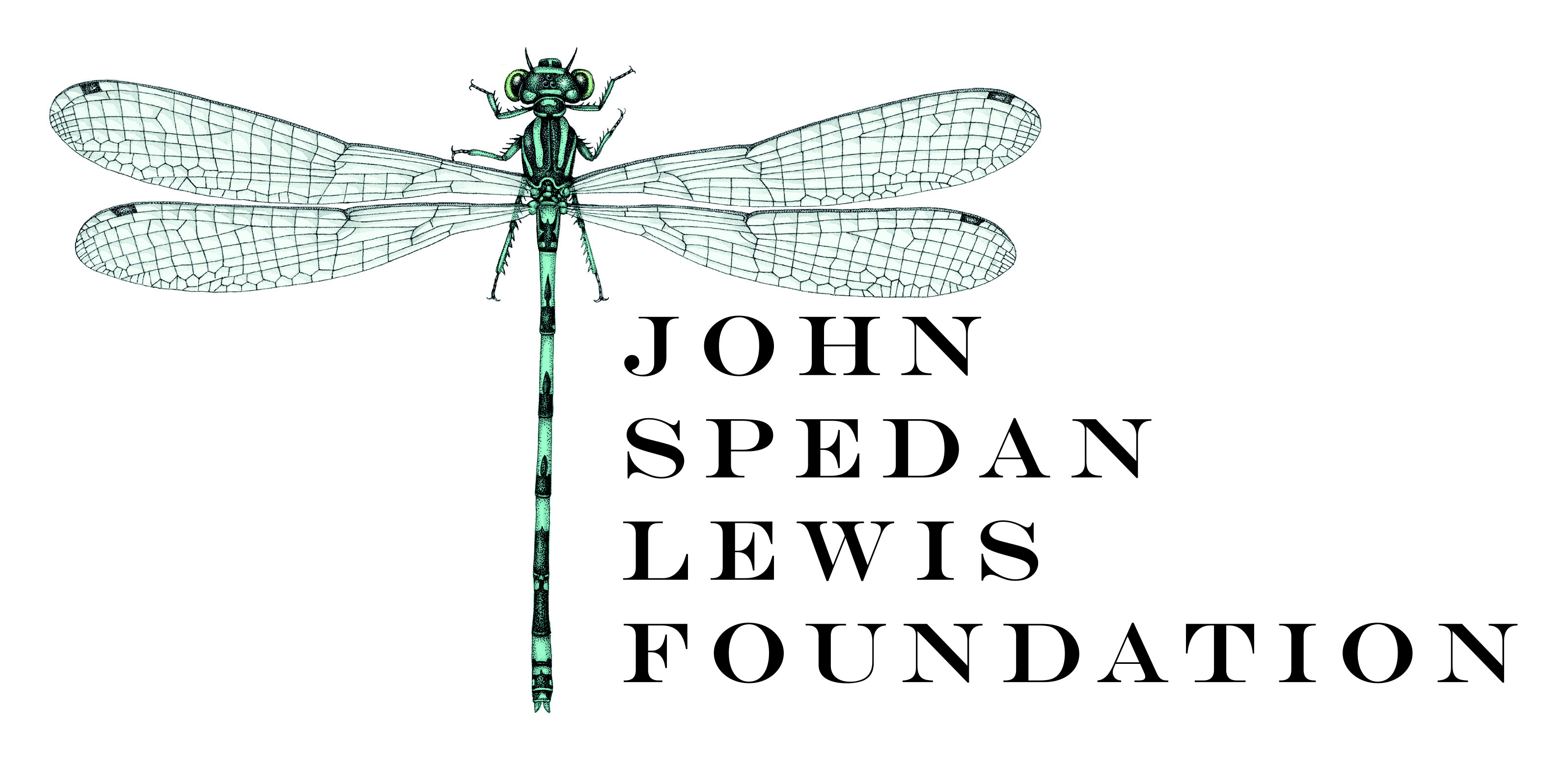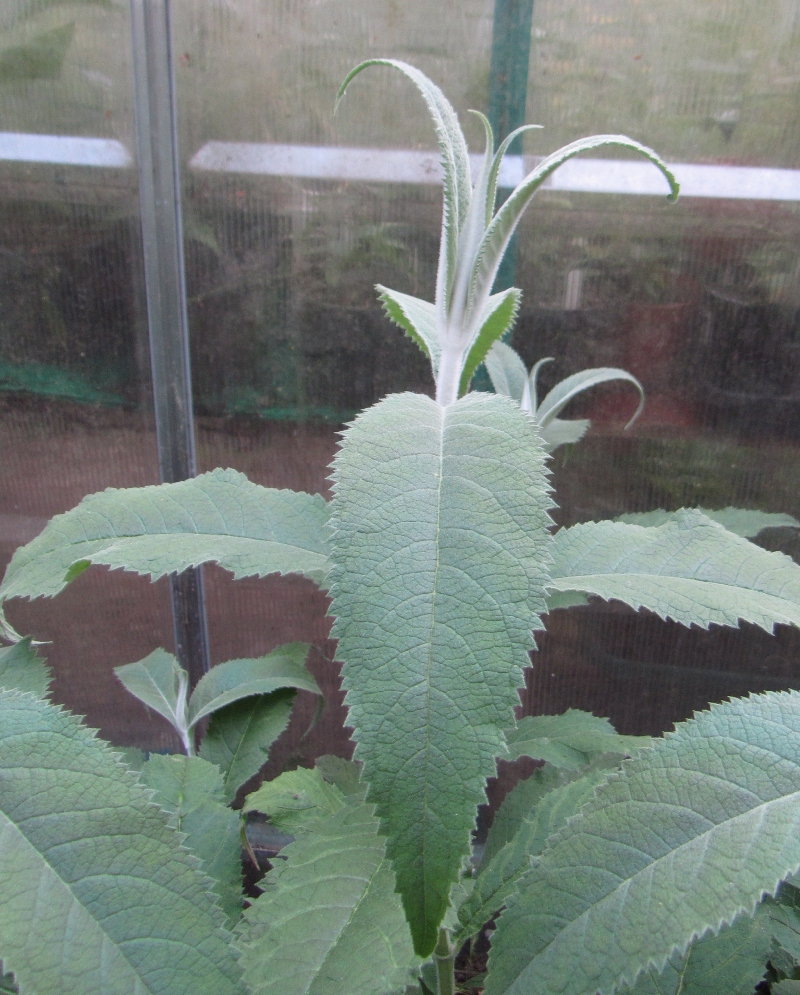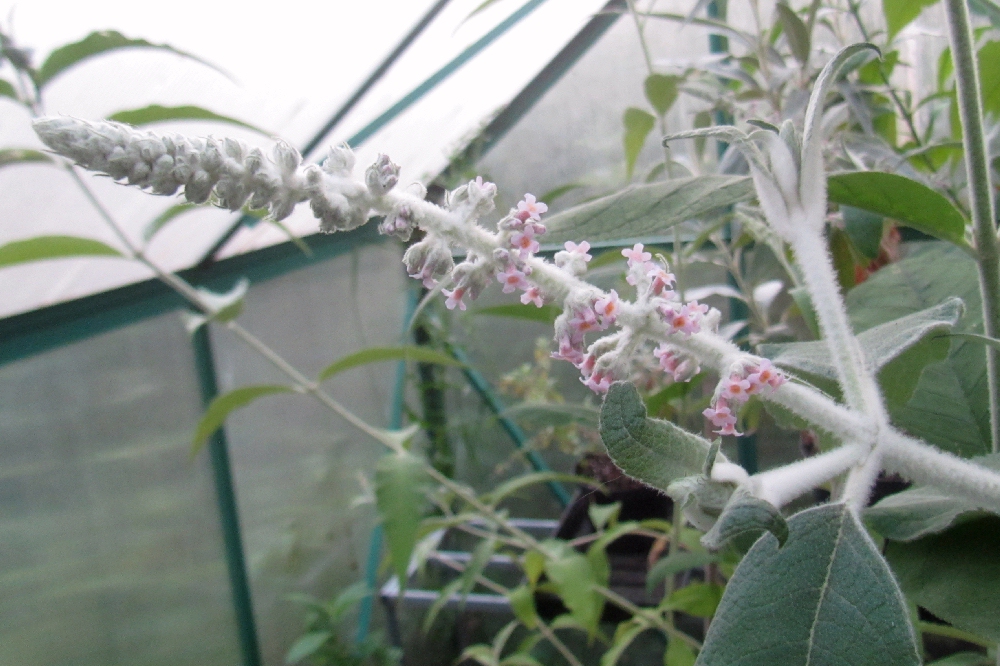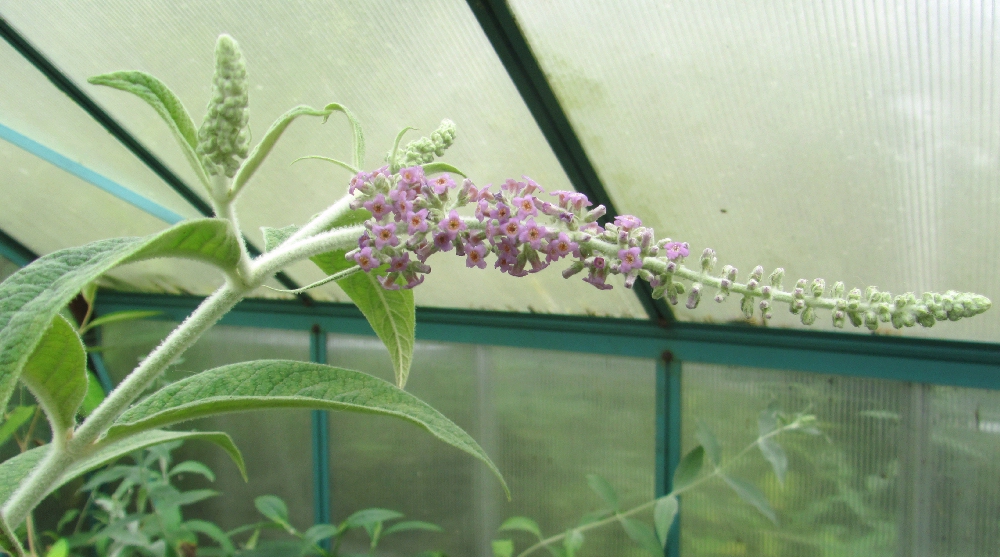Buddleja nivea
Sponsor
Kindly sponsored by
The John Spedan Lewis Foundation

Credits
Andrew Large (2021)
Recommended citation
Large, A.T. (2021), 'Buddleja nivea' from the website Trees and Shrubs Online (treesandshrubsonline.
Genus
Synonyms
- Buddleja macrostachya var. yunnanensis Dop
- Buddleja nivea var. yunnanensis (Dop) Rehder & E.H. Wilson
- Buddleja stenostachya Rehder & E.H. Wilson
Other taxa in genus
- Buddleja albiflora
- Buddleja alternifolia
- Buddleja araucana
- Buddleja asiatica
- Buddleja auriculata
- Buddleja caryopteridifolia
- Buddleja colvilei
- Buddleja cordata
- Buddleja crispa
- Buddleja crispa × lindleyana
- Buddleja curviflora
- Buddleja davidii
- Buddleja delavayi
- Buddleja fallowiana
- Buddleja fallowiana × davidii
- Buddleja FLUTTERBY™ Series
- Buddleja forrestii
- Buddleja globosa
- Buddleja glomerata
- Buddleja japonica
- Buddleja lindleyana
- Buddleja LO AND BEHOLD® Series
- Buddleja longiflora
- Buddleja loricata
- Buddleja × luteolufaucia
- Buddleja macrostachya
- Buddleja marrubiifolia
- Buddleja megalocephala
- Buddleja 'Miss Ruby'
- Buddleja 'Morning Mist'
- Buddleja myriantha
- Buddleja New Dwarf Hybrids
- Buddleja officinalis
- Buddleja 'Orange Sceptre'
- Buddleja paniculata
- Buddleja × pikei
- Buddleja 'Pink Delight'
- Buddleja saligna
- Buddleja 'Salmon Spheres'
- Buddleja salviifolia
- Buddleja 'Silver Frost'
- Buddleja speciosissima
- Buddleja 'Summer Beauty'
- Buddleja virgata
- Buddleja × wardii
- Buddleja × weyeriana
- Buddleja × weyeriana Hybrids
- Buddleja 'Winter Sun'
Shrub 1–3 m tall. Branchlets, underside of leaves, petioles, and inflorescences densely stellate tomentose. Branchlets terete or 4-angled. Petiole 0.5–1.5 cm; leaf blade narrowly ovate to elliptic, 5–26 × 1.5–11 cm, upper surface glabrous or with spreading hairs ; base cuneate, rounded, or subcordate, margin serrate to crenate, apex acuminate. Inflorescences terminal, spicate or thyrsoid cymes, mostly narrow and almost cylindrical, 10–30 × 2–5 cm. Calyx campanulate, 3–4 mm, outside densely stellate tomentose, inside glabrous. Corolla purple, 6–8 mm, outside densely stellate tomentose; tube 5–6 × 1.8–3 mm, inside pilose on apical half. Stamens inserted near corolla mouth; anthers narrowly ovate, 1.3–1.5 mm, apex reaching corolla mouth. Ovary ovoid, 2 × 1–1.5 mm, stellate tomentose. Style 1–1.5 mm, glabrous or basally stellate tomentose; stigma capitate. Capsules ellipsoid, 5–8 × 2–3 mm, stellate tomentose. Seeds fusiform to oblong-ellipsoid, 2–3.5 mm, both ends with wings. (Leeuwenberg 1979; Li & Leeuwenberg 1996).
Distribution China Sichuan, Xizang, Yunnan India Sikkim
Habitat Open woodlands and forest edges, thickets on mountains; 700–3600 m asl.
USDA Hardiness Zone 7-8
RHS Hardiness Rating H5
Taxonomic note Leeuwenberg (1979) sunk the species B. stenostachya and the variety B. nivea var. yunnanensis into a broader interpretation of B. nivea.
Buddleja nivea is a large, vigorous shrub distinguished by the woolly covering on stems, buds, inflorescences and the underside of the leaves. The foliage can be striking, but the flowers are unremarkable; these are usually mauve-purple, although there is a pink-flowered form (Stuart 2006). First collected by Ernest Wilson in 1903 from west Sichuan, the species was introduced to cultivation by James Veitch & Sons in 1905 (Marquand 1930) – not 1901 as stated in Bean (1981).
Both B. stenostachya and B. nivea var. yunnanensis were considered sufficiently similar to the species to be reduced to synonyms by Leeuwenberg (1979), although both often retain their original designation in collections and the horticultural trade (Stuart 2006). B. stenostachya differs from the holotype of B. nivea in having longer, narrower inflorescences; B. nivea var. yunnanensis differs mostly in scale, growing to 4 m in height and having particularly large, felted leaves, but having no larger or more striking flowers than those of the other types.
All forms of B. nivea are hardy to –15ºC given good growing conditions, but plants will lose their foliage in winters where temperatures are frequently below 0ºC; a limited number of leaves may be retained in mild winters or in sheltered areas. All require similar conditions – full or partial sun and well-drained soil; most soil types are tolerated except heavy clay. Flowering starts slightly earlier than B. davidii (June in the UK) and may persist throughout the summer months.
Although promiscuous, hybridising with many other Himalayan Buddleias, no hybrids of this species are known to be in commerce. Buddleja × alata Rehder & E.H.Wilson herbarium specimens were considered a perfect intermediate of B. nivea and B. albiflora by Leeuwenberg (1979), and hence may be a natural hybrid of the two species, although this remains unconfirmed by any later study; no example is currently known in cultivation.




